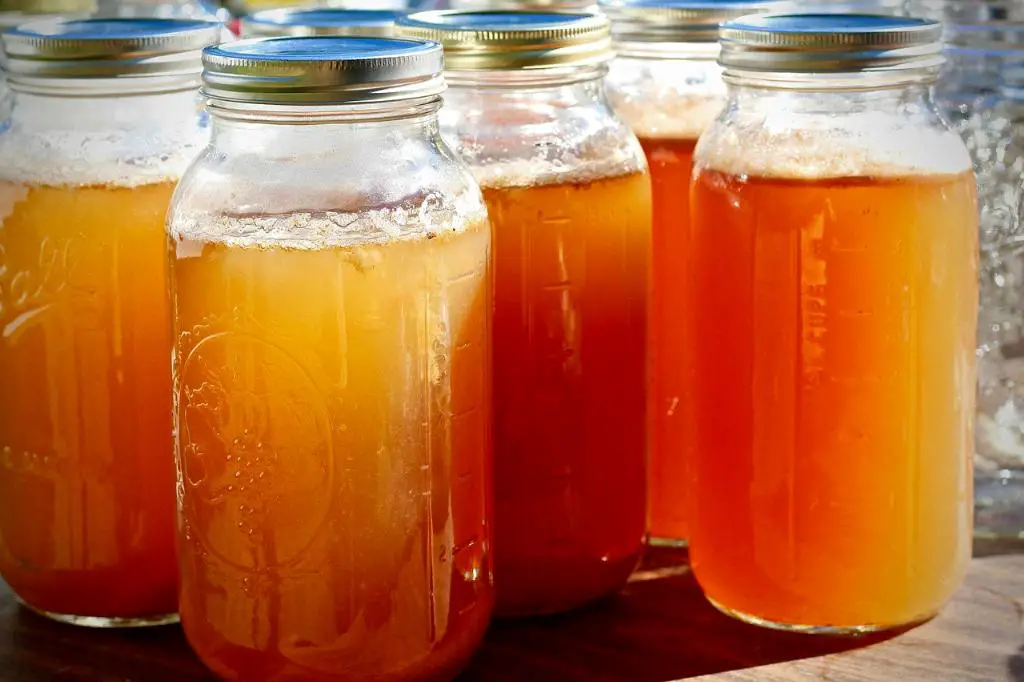When it comes to making homemade apple cider, a cider press is the traditional and most efficient tool to use. However, if you don’t have access to a cider press or simply want to explore other options, fear not! There are several alternative methods you can try to extract delicious apple juice and make cider without a dedicated cider press. In this article, we will explore some creative alternatives that you can use instead of a cider press.
1. Food Processor or High-Powered Blender
If you have a food processor or a high-powered blender, you’re in luck! These kitchen appliances can be quite handy when it comes to making apple cider. Start by peeling and coring the apples, then cut them into smaller pieces. Place the apple pieces in the food processor or blender and pulse until you obtain a smooth puree-like consistency. You may need to do this in batches, depending on the size of your blender or food processor.
2. Cheesecloth or Fine Sieve
Once you have the apple puree, you’ll need to strain out the solids to extract the juice. Cheesecloth is an excellent option for this purpose. Line a large bowl with several layers of cheesecloth and pour the apple puree onto it. Gather the edges of the cloth and carefully squeeze out the juice, allowing it to flow into the bowl while retaining the solids. Alternatively, if you don’t have cheesecloth, a fine-mesh sieve or even coffee filters can be used as a substitute.
3. Steeping Method
If you prefer a simpler approach, you can try the steeping method. Start by cutting the apples into thin slices or wedges. Place the apple slices in a large container or a pot and add enough hot water to cover them. Let the mixture steep for several hours or even overnight. The water will gradually extract the juice from the apples. After the steeping period, strain the liquid through a cheesecloth or a fine sieve to separate the juice from the apple solids.
4. Hydraulic or Wine Press
If you’re looking for a more professional alternative and have access to a hydraulic press or a wine press, you can use these tools to extract the juice from the apples. Similar to a cider press, these presses apply pressure to the apple pulp to extract the liquid. However, keep in mind that hydraulic or wine presses can be quite expensive and may not be accessible to everyone.
5. Manual Methods
If you enjoy getting a bit more hands-on, there are manual methods you can try. One option is to use a potato masher or a similar tool to crush the apples and release the juice. Another method involves placing the apples in a sturdy plastic bag and using a rolling pin or even a mallet to crush them. These methods require a bit more effort and time, but they can be effective if you don’t have access to other equipment.
6. Community Resources
If all else fails, consider reaching out to your local community for resources. There may be community organizations, farms, or even cider mills that allow community members to use their cider presses. It’s a great way to connect with others who share your passion for homemade cider and may provide you with access to the proper equipment.

Conclusion
While a cider press is undoubtedly the most efficient tool for making apple cider, there are plenty of alternatives you can use to achieve similar results. Whether it’s a food processor, blender, cheesecloth, steeping method, hydraulic press, manual methods, or community resources, don’t let the lack of a cider press discourage you from indulging in the delightful process of making your own homemade apple cider. Get creative, experiment with different methods, and enjoy the wonderful flavors that can be extracted from apples right in the comfort of your own kitchen!
